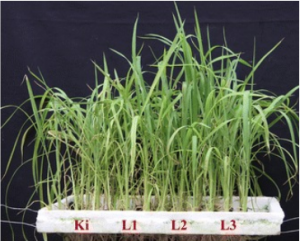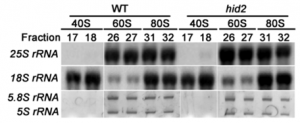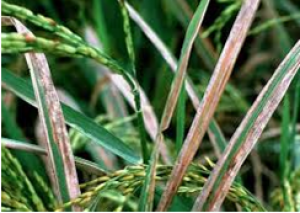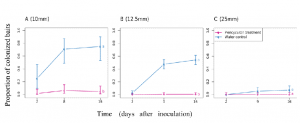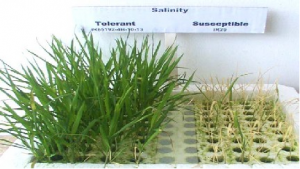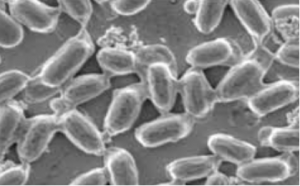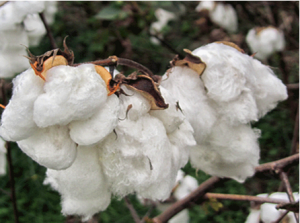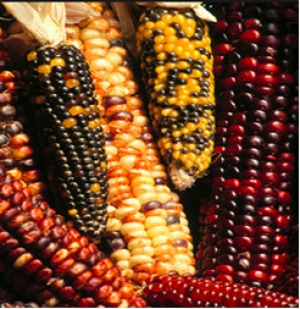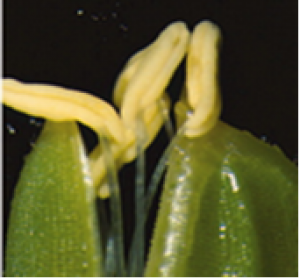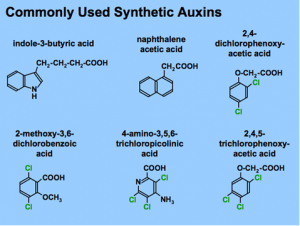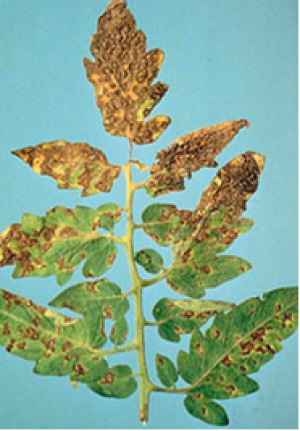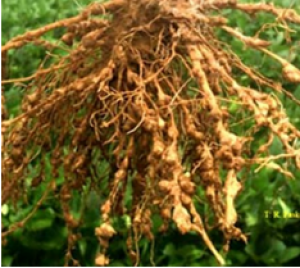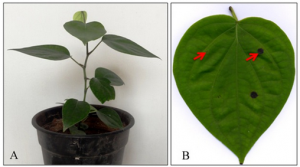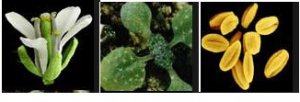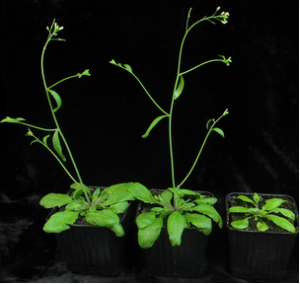|
Fine mapping of major QTL qshgd1 for spontaneous haploid genome doubling in maize (Zea mays L.)
Wednesday, 2024/05/22 | 08:44:18
|
|
Theoretical and Applied Genetics; May 2024; volume 137; article 117 Key messageA large-effect QTL was fine mapped, which revealed 79 gene models, with 10 promising candidate genes, along with a novel inversion. AbstractIn commercial maize breeding, doubled haploid (DH) technology is arguably the most efficient resource for rapidly developing novel, completely homozygous lines. However, the DH strategy, using in vivo haploid induction, currently requires the use of mutagenic agents which can be not only hazardous, but laborious. This study focuses on an alternative approach to develop DH lines—spontaneous haploid genome duplication (SHGD) via naturally restored haploid male fertility (HMF). Inbred lines A427 and Wf9, the former with high HMF and the latter with low HMF, were selected to fine-map a large-effect QTL associated with SHGD—qshgd1. SHGD alleles were derived from A427, with novel haploid recombinant groups having varying levels of the A427 chromosomal region recovered. The chromosomal region of interest is composed of 45 megabases (Mb) of genetic information on chromosome 5. Significant differences between haploid recombinant groups for HMF were identified, signaling the possibility of mapping the QTL more closely. Due to suppression of recombination from the proximity of the centromere, and a newly discovered inversion region, the associated QTL was only confined to a 25 Mb region, within which only a single recombinant was observed among ca. 9,000 BC1 individuals. Nevertheless, 79 gene models were identified within this 25 Mb region. Additionally, 10 promising candidate genes, based on RNA-seq data, are described for future evaluation, while the narrowed down genome region is accessible for straightforward introgression into elite germplasm by BC methods.
See https://link.springer.com/article/10.1007/s00122-024-04615-y
Schematic illustration of the Ppd-B1 gene and haplotype phasing using ONT long reads. a Structure of the Ppd-B1 gene, indicating the location of four SNPs in the promoter region. The black boxes represent exons. b IGV visualization displays the number and frequencies of ONT reads containing the alleles of the two heterozygous SNPs and their combinations in the cultivar Kormoran. c Four haplotypes were deduced from group GT4 using ONT long reads, and the frequency of each haplotype. d Two SNPs with overlapping peaks were detected in Sanger sequencing chromatograms. e Three genotyping plots of KASP assays used for identifying the polymorphisms of Ppd-B1 in 189 bread wheat cultivars. f Groups, haplotypes, and SNPs detected in Ppd-B1 in 189 cultivars. Positions of SNPs counting from the start codon. 1SNP5 was identified in a heterozygous state exclusively within the hybrid cultivar Hyland. 2 Five cultivars were not included due to missing data (Florian and Isengrain) or because they are hybrids (Hyland, Hybery and Hylux). *The GT4 and GT3 groups were excluded from the correlation analysis due to their small sample sizes
|
|
|
|
[ Other News ]___________________________________________________
|

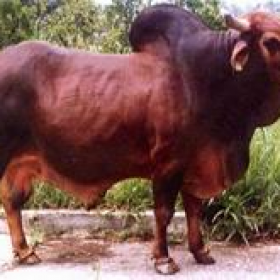
 Curently online :
Curently online :
 Total visitors :
Total visitors :
(328).png)
